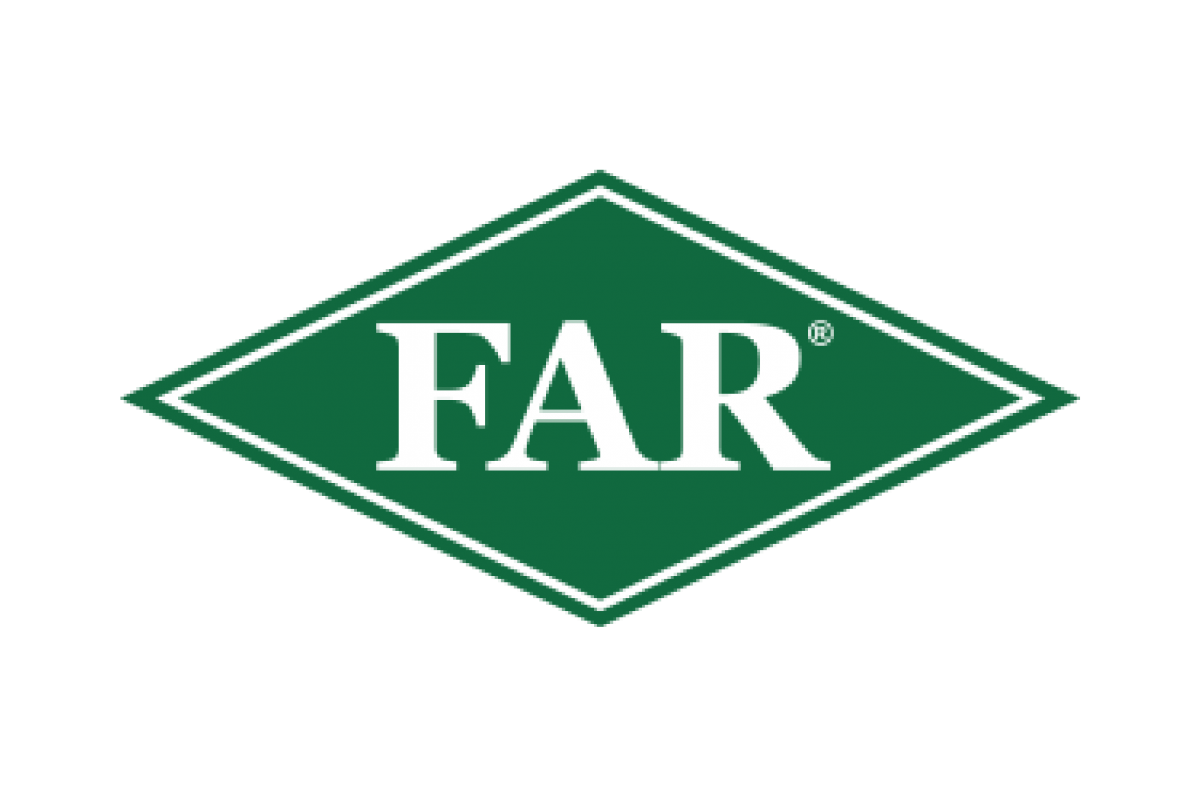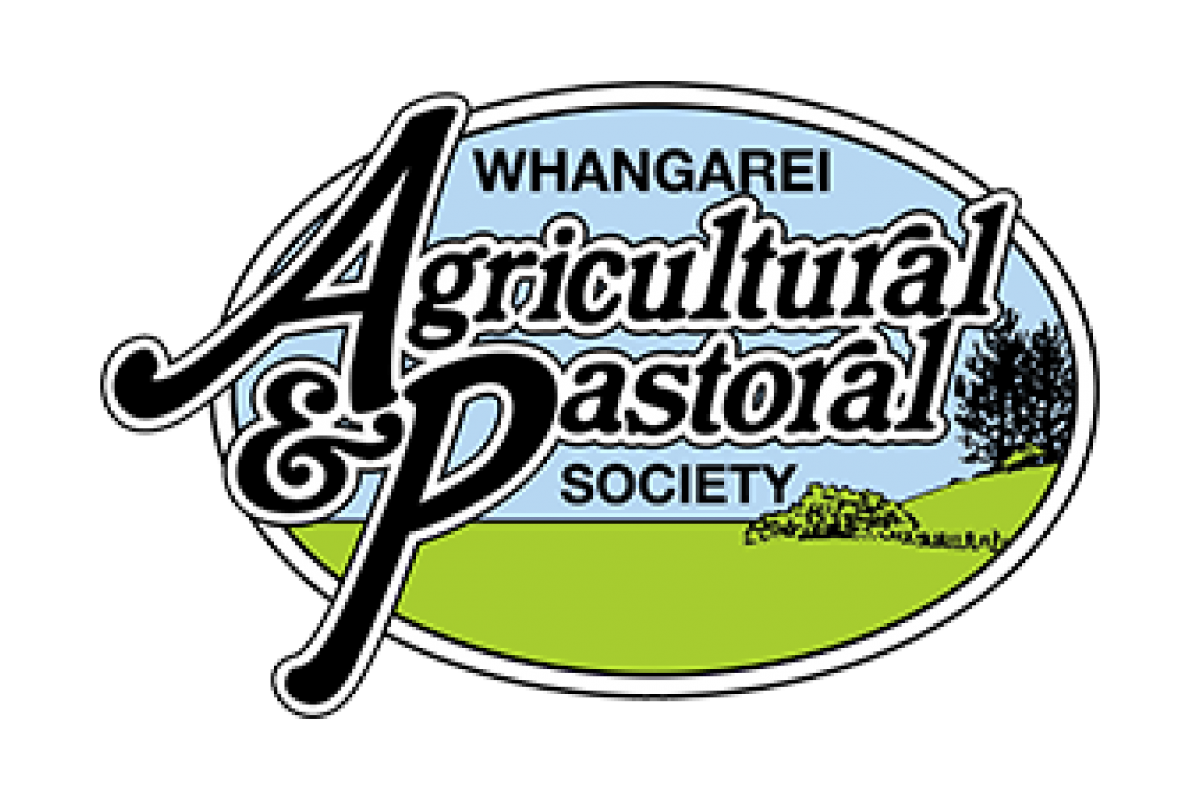Executive Summary
Psa has increased biosecurity awareness in the kiwifruit industry, and is reinforced by recent fruit fly incursions and biosecurity communications by industry bodies. Kiwifruit growers believe that a future biosecurity incursion is a significant risk to their investment in kiwifruit, if not the greatest risk. Yet on most orchards, biosecurity practices have slipped from where they were several years ago.
The aim of this study is to determine if growers are becoming complacent in biosecurity practice over time. If so, how do we overcome this to ensure that the kiwifruit industry is prepared for a future biosecurity incursion?
Interviews were held with kiwifruit growers, post-harvest grower services representatives and biosecurity subject experts to understand grower attitudes to biosecurity practices and why certain practices were no longer being implemented, especially in “Recovery Regions” where Psa had been present the longest. A subject expert from Civil Defence was also interviewed to learn how they overcome complacency when preparing the public for emergencies.
The results of the study indicate that growers in Recovery Regions are retaining those practices seen to make a difference in mitigating the impacts of Psa. Some growers believe the initial protocols implemented for Psa are excessive for the current environment and the decline in practice is not a result of “complacency” but rather a “new norm” appropriate for the current level of risk.
However, this reflects the Psa-centric paradigm of the industry. For most growers thinking about “risk” does not extend beyond Psa at least not in terms of their own on-orchard practices. The role growers can play in mitigating the impact of future biosecurity incursions does not seem to be well understood and is considered the responsibility of organisations such as KVH and MPI.
Most growers believe they are doing what is necessary to manage “risk” (of Psa). However, this falls below what most subject experts would recommend as a minimum standard to reduce the impacts of a future biosecurity incursion. If every grower maintained a baseline of minimum on-orchard practice even in the absence of an imminent threat, the industry would be more likely to limit the spread of a pest or pathogen before it is detected, and for many organisms that could determine whether eradication is a possibility or not. For growers the financial implications of this can be extremely significant. A biosecurity threat that is not eradicated, creates a challenge that needs to be managed year after year. Impacts to the grower may include loss of orchard productivity and land value, increase in operating costs, market access implications and in some cases, all of the above. Biosecurity practices provide the industry with a form of insurance against a significant business risk.
Numerous barriers to implementing best practice are identified in the study including information overload, the cost of implementing practices and commercial disincentives associated with some practices. However, subject experts, from biosecurity or Civil Defence, were unanimous in stating that the single greatest barrier to uptake of recommended practice is a lack of understanding of risk, and how specific measures mitigate this risk. Creating this understanding is a fundamental step in the implementation process, but it is only the first step. Different segments of the industry respond to different cues and require different support through the implementation process which may include; guidance on how to implement the practice, testimony from trusted sources such as their peers or opinion leaders, observation that the practices are effective and feedback to reinforce their decision to implement once they have done so.
Literature and subject experts suggest that to facilitate the necessary behavioural change, the industry should establish a working group of biosecurity champions and opinion leaders. Involvement of this group in the development of biosecurity guidelines will ensure they are practical, fit for purpose and have the support and ownership of the industry from an early stage. Industry champions also provide a respected resource to communicate key messages and provide on-going support to growers. When programme champions play an active role in the development of an innovation, spread and implementation is likely to be more effective.
The study makes the following recommendations for the kiwifruit industry:
- Biosecurity awareness material needs to be made “real” for growers, in terms they relate to such as potential impact to orchard productivity, trade, and orchard value.
- Industry biosecurity guidelines are required, to indicate the level of practice required for business-as-usual operation in absence of an imminent biosecurity threat or response. These guidelines would provide consistency across the industry, remove commercial disincentives that currently exist, and thereby improve the industry’s ability to withstand a future biosecurity incursion.
- Guidelines should clearly explain the purpose of a recommended practice and how this mitigates risk.
- Recommended practices should be practical and easy to implement. Industry bodies should facilitate this process.
- A network of industry champions and opinion leaders should be created to assist in the development, communication, implementation and on-going support of the biosecurity practices.
- Care must be taken when selecting industry champions and opinion leaders to ensure selection of individuals with appropriate influence into a diverse range of industry networks.
- There is value in a coordinated approach with other industries and they should be involved in the development of biosecurity guidelines to provide consistent messages across the horticultural sector.


























